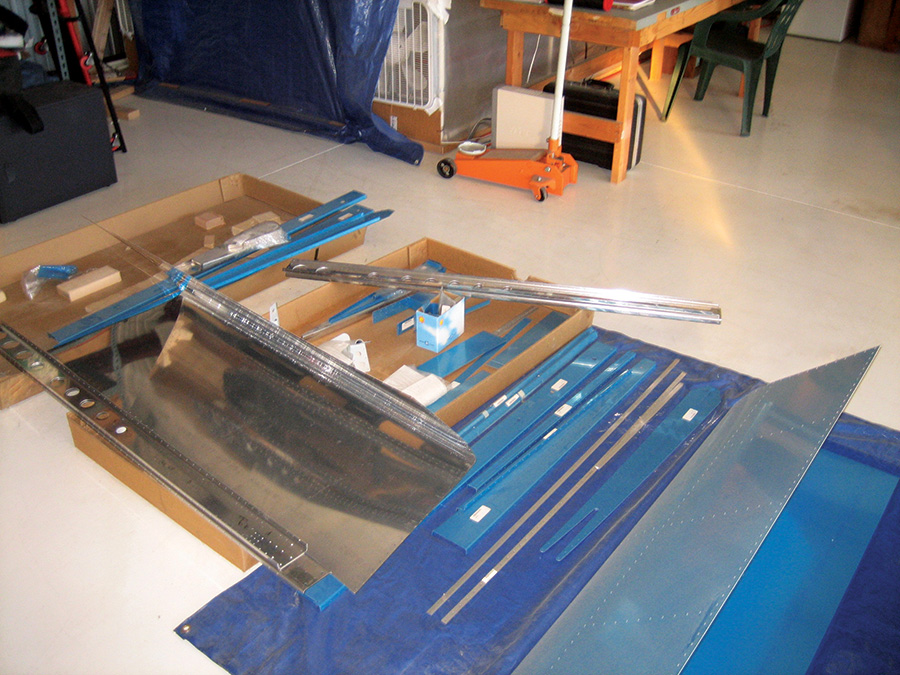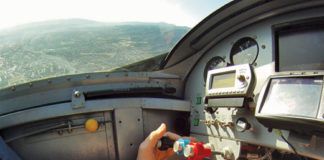I used to hate being the new guy. Don’t get me wrong, I love learning new stuff, but when you are the new guy, you can get pretty overwhelmed. You don’t know what you don’t know. You don’t even know where to start.
So, when I decided to build an airplane, I knew I needed new skills. Heck, I needed a handful of new skills just to pick a project. Build an airplane? Sure. How much do you know about sheet metal? Fabric, welding, mechanics, electronics, tools, chemistry, doping, engines, pneumatics, plumbing, drafting, reading plans, research, cutting, gluing, painting, aerodynamics, wiring, and first aid?
Thankfully, I knew a few guys at the airport who also happened to be A&P/IA professionals who were able to help me get started. Their tips and tricks saved me considerable time, money, and dignity.
For example, my first question: How do I start? The answer, of course, is to just jump right in. After all, it’s later, after you have spent a considerable amount of money, when you begin to ask yourself, “What the heck was I thinking?”
Usually at this point, you either learn the secrets or quit the project. Let me save you some time and effort, and just tell you the first secret: You build a plane one step at a time. You learn as you go. Make a few mistakes, fix them, and move on. Here is the second secret of a successful project: What is the most important step in a build? The most important step is the next step.
I’m still a pretty new guy at all this, but I do have help from many folks who tolerate my “new guy” questions. The experts at the airport did have one condition though. If they help me, I have to agree to help the next guy. I’m pretty close to the “new guy” questions, so to fulfill my obligation, I’m willing to share my newfound knowledge in this column. Hopefully, you won’t have to ask the same questions again. And maybe you’ll save some time and money, too.
Let’s start with getting started.
Tips for Starting Your Project
1. Take inventory of your skills: List what you know, what you want to learn, and what is the stuff you are willing to pay for. Want to learn how to work with fiberglass, but not how to paint? Do you want to learn how to work with sheet metal, but aren’t really interested in building the instrument panel? That’s OK; many people pay a professional to help with certain parts of the project. Just make sure you stay in compliance with the 51% rule. You don’t want to finish the project, only to learn it can’t be licensed as Experimental/Amateur-Built.
2. Learn compromise: An Experimental aircraft is a collection of compromises. Speed, cost, capacity, ease of operation, day/night operation, VFR/IFR, aerobatics, avionics, and build time are all factors you will take into account when selecting a project.
3. Think about place: Where are you going to build? Do you have a workshop? Are you going to rent a hangar? Many projects are successfully started in a garage, but must finally be finished at the airport.
4. Plan your time: How much time do you have to build an airplane? You will still need to spend time with family and work, other hobbies, and volunteer activities. If you like building, and feel pretty good about the accomplishment, then build on! You should be building because you like to build.
5. Budget money: Set a budget and try not to rob your kid’s college fund. Spend up-front time calculating the true cost of a project, and talk it over with people who will be affected, such as your spouse or bookie.
6. Don’t limit your research to the Internet: Talk to people and visit projects. Go to an EAA meeting. Visit projects that are still underway. See flying examples of the plane you may want to build. Ask lots of questions and spend some time at the local airport. A factory tour is a good idea, too.
7. Use Internet resources: Gather site URLs for discussion groups, project web pages, and vendors. Check out Facebook pages and cruise through video sites such as YouTube or Vimeo. Bookmark everything. You should know a lot about your project before you spend your first dime.
8. Get a subscription to KITPLANES: OK, this is a shameless plug, but the annual Buyer’s Guide (available in print and online) can help you pick the project that’s right for you. Also become familiar with the KITPLANES online archive. It contains hundreds of articles that can help you with almost every aspect of kit building.
Building an airplane is not for everyone. But for those who love aviation, it can be extremely rewarding and downright fun.







